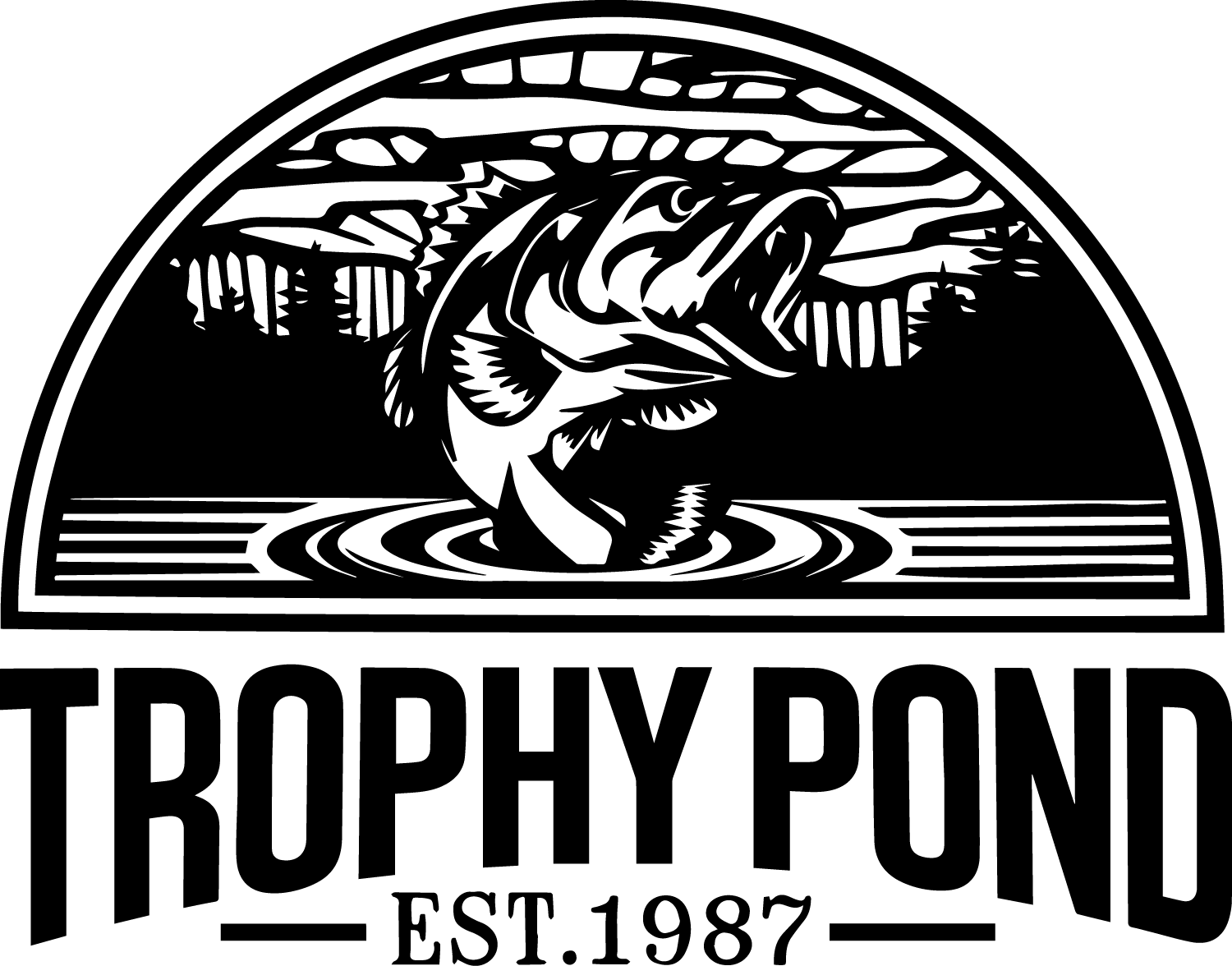Tennessee Lake Management and Tennessee Pond Management: the Truth about Artificial Fish Habitat
Yesterday we sunk some large cedar trees into a four-acre lake in middle Tennessee that we manage. As you know if you’ve ever cut a large tree yourself, this is a lot more labor-intensive than putting artificial polypropylene hides out. All of our competitors sell their customers the artificial hides; we don’t even sell them.We could add a good amount of revenue yearly to our bottom line if we did sell the artificial habitat. We have chosen not to for one simple reason: they don’t work as well.This paper references a 1996 study that compared cedar tree hides to polypropylene ones in terms of how many fish used each. You might think that the plastic stuff came close to the real thing, but was just a little short in efficacy... https://wildlife.utah.gov/pdf/fes/pdf/fish_habitat_improvement.pdf 78% of the fish used the cedars, while 17% used the plastic. In other words, over 4.5 times as many fish used the real trees as the fake ones.What does this mean for your pond? If you take the time to use real habitat, you’ll have drastically higher utilization of said habitat by the fish, which translates to drastically higher fishing success when you wet a line.A quick check of a competitor’s website reveals that a single plastic tree retails for nearly $400. It doesn’t take a NASA employee to deduce why so many lake and pond management companies push the fake stuff: plastic trees grow their bottom line.Other habitat enhancements we commonly employ include rip-rap and non-invasive aquatic plants. We make a little money off these when our customers buy them from us, just as we do when we’re hired to sink real trees, but nothing approaching what we could make from the plastic stuff because we can’t sell rocks and plants off our website.We just prefer to put the success of our customers’ ponds over that extra bit of profit we could have from decreasing their success. We’re funny that way.

